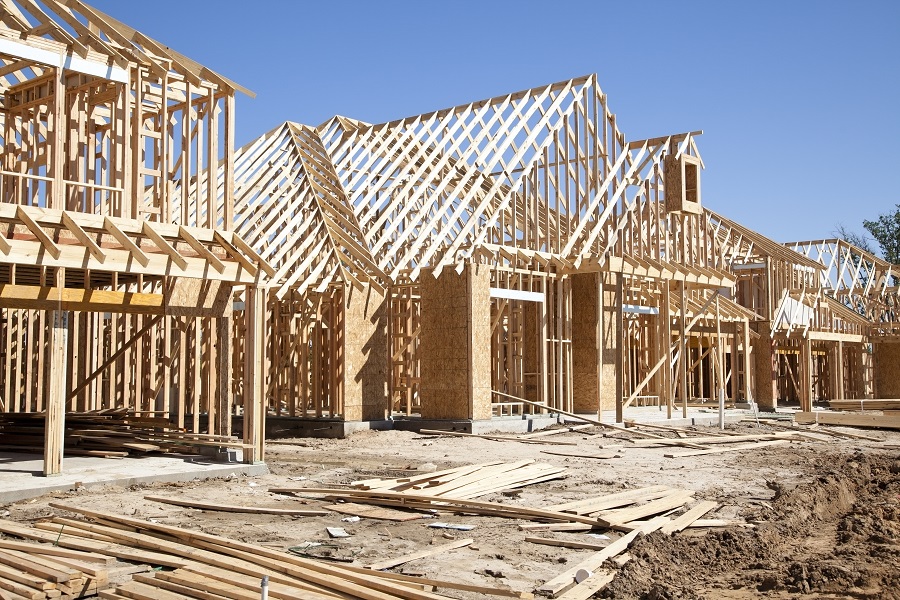August Housing Starts: Market Rebalancing Tipping the Scales in Building
Home builders are in a pivotal moment as they navigate this rapidly changing environment, and they are continuing to adjust their expectations about what the future housing market will hold.
- Housing starts bumped up to 1.58 million in August, up 12.2% from revised July 2022 figures and down 0.1% from August 2021, according to the U.S. Census Bureau.
- Housing permits issued in August were down 10% from July and down 14.4% from a year ago, to 1.52 million (SAAR).
- 1.34 million (SAAR) homes were completed in August, down 5.4% from July and up 3.1% year-over-year.
The August housing market solidified the rebalancing that is taking place, with home values and home value appreciation continuing to cool off as demand takes a step back. Home builders are in a pivotal moment as they navigate this rapidly changing environment, and they are continuing to adjust their expectations about what the future housing market will hold. Housing starts were up on a monthly basis beating consensus – possibly due to the small dip in mortgage rates in August – but starts were still just below last year’s level. Housing permits were down annually for the first time since the beginning of the pandemic and down below consensus expectations – signaling that tight inventory can be expected to remain a key player in the future of the housing market. While demand is slowing for the time being, largely due to affordability obstacles, demographic factors will contribute to sustained demand for housing for years to come, and with the current trend of building activity slowing, low inventory will continue to push long term price growth up and affordability down.
As demand for rental homes continues to increase due to waning affordability in the for-sale market, builders are shifting with the winds and meeting consumers where they are. Multifamily starts increased to the highest level seen in years at the expense of single family starts as builders focus on the rental market. As a result of increased rental supply hitting the market down the road, rental vacancy rates will have less pressure and rent growth will slow down – which will be welcomed news to renters who have been fighting through a challenging rental market for several months.
